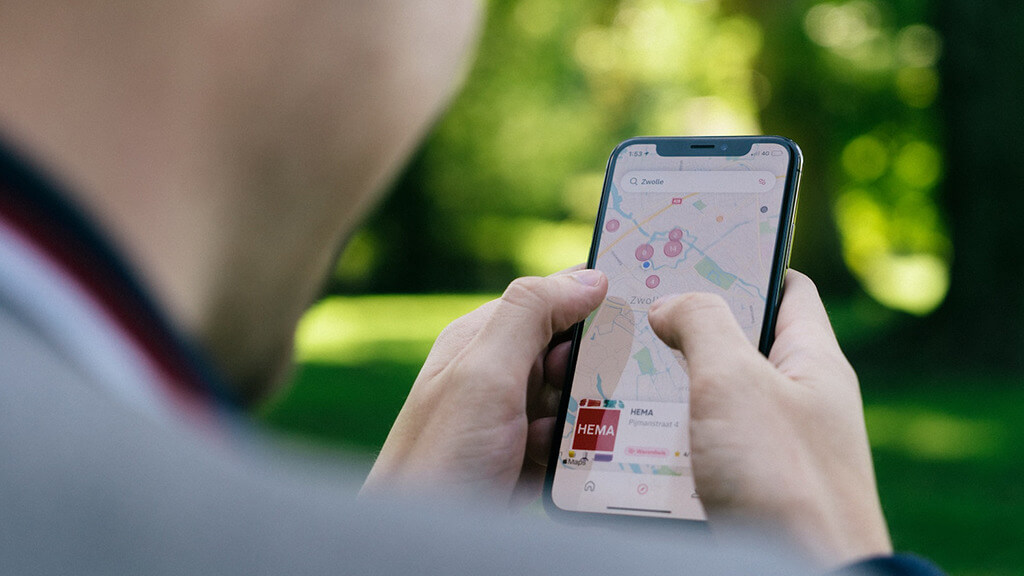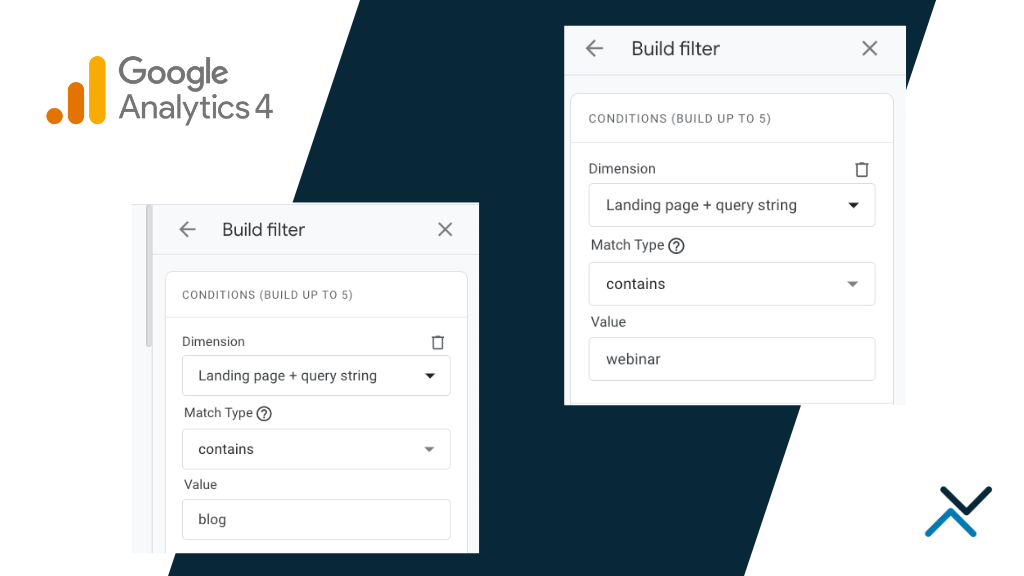It’s no secret that mobile is a major area of growth for search marketing. According to a Googler at the Engage conference last week, mobile traffic is now ~65% of all searches on Google. This statistic, while not surprising, is up from previous estimates in 2015 where mobile was ~50% of all traffic.
Continued Growth
The device type continues to grow as mobile devices become more ubiquitous. From iPhones to Android phones, everyone now uses a smart phone.
Google speaker just said “mobile is 65% of all searches today” #Engage2019
— Greg Sterling (@gsterling) August 1, 2019
Does It Track with Your Analytics?
You have likely seen the same trend in your own analytics dashboards as more and more users are searching from mobile devices. Ensuring you have an easy mobile experience is critical to your success. Things like page speed, image sizes and user-friendly buttons have been proven to make a world of a difference for mobile UX and SEO.
Whether or not you are part of Google’s mobile-first indexing, consider developing your site for mobile users first and then make the desktop experience equally easy to use.
Stay Tuned
For more SEO tips like this, be sure to follow us on LinkedIn.









